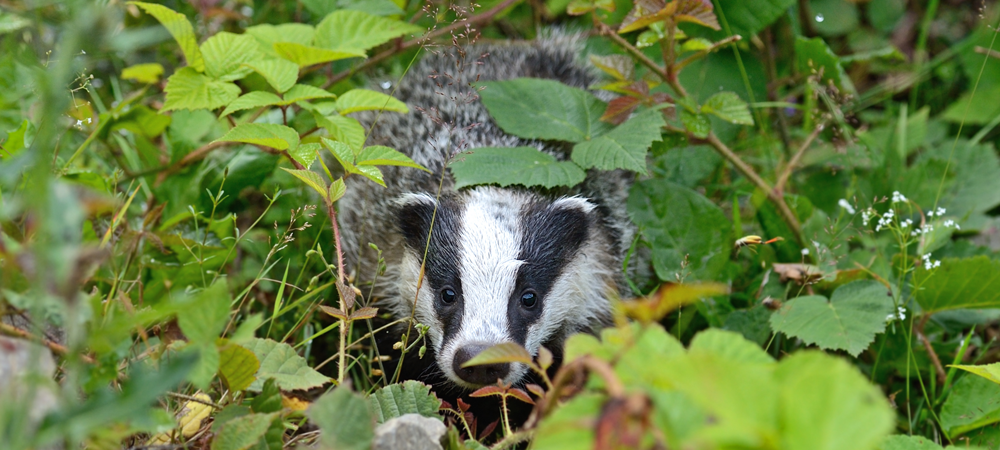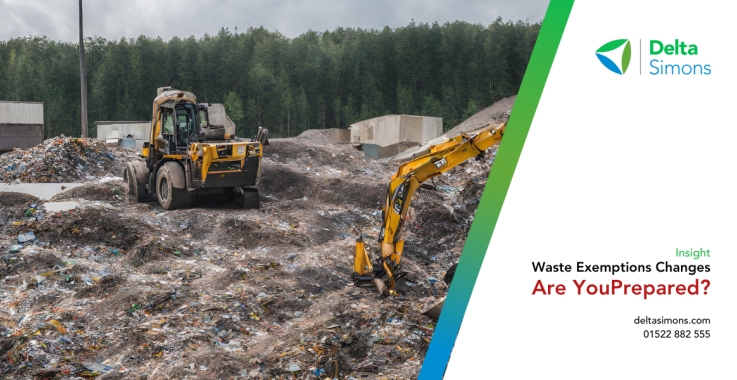Ecology & Arboriculture
Ecological Consultants
Preliminary Ecological Appraisal, Protected Species Surveys and Licensing, Bat Surveys, Great Crested Newt Surveys, Badger Surveys, Tree Surveys, Arboricultural Impact Assessment, Arboricultural Method Statement.
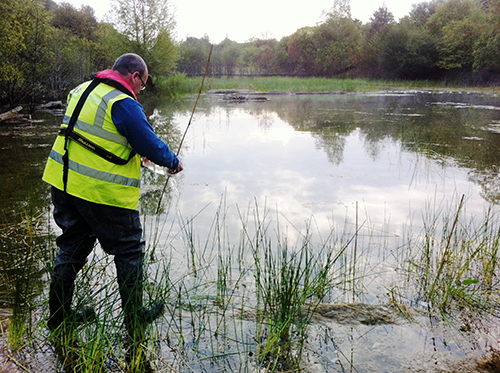
Our technical knowledge of legislation, policy and guidance combined with our flexible approach to client requirements means we are able to offer pragmatic solutions to technical issues and suggest commercially focused options whilst ensuring development programmes remain on track.
Our Ecology team also benefit from having a qualified Bat and Great Crested Newt Low Impact Class Licence Consultant in-house. We are one of only a few consultancies that can provide a more streamlined service for developers (for suitable sites) by reducing the licence application paperwork, scrutiny of the legal tests that need to be met prior to a licence being granted, and the speed with which a licence decision is made.
Ecology Services
Preliminary Ecological Appraisal
The Preliminary Ecological Appraisal is the initial baseline assessment that the ecology team would undertake of a site to enable their clients to understand its ecological value and it’s potential to support protected and notable species of flora and fauna. Where necessary, the requirement for further survey would be detailed within the report.
Developers
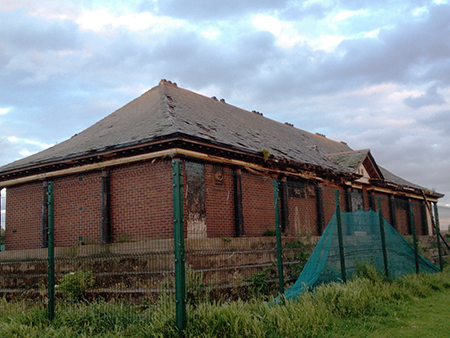 Carrying out an Preliminary Ecological Appraisal is a requirement under planning; it's advised that ecological surveys are undertaken before planning permission is determined ("The need to ensure that ecological surveys are carried out should therefore only be left to coverage under planning conditions in exceptional circumstances"). When undertaken prior to land acquisition, the survey provides an early warning for any ecological issues which may impact development timescales or costs, or require further investigation prior to development – enabling these factors to be fully considered at the feasibility stage with appropriate cost and programme allowances being made.
Carrying out an Preliminary Ecological Appraisal is a requirement under planning; it's advised that ecological surveys are undertaken before planning permission is determined ("The need to ensure that ecological surveys are carried out should therefore only be left to coverage under planning conditions in exceptional circumstances"). When undertaken prior to land acquisition, the survey provides an early warning for any ecological issues which may impact development timescales or costs, or require further investigation prior to development – enabling these factors to be fully considered at the feasibility stage with appropriate cost and programme allowances being made.
Land Owners, Occupiers and Facilities Managers
An Preliminary Ecological Appraisal can prove valuable in identifying areas of land which should be afforded careful management to protect species and habitats, or identify areas which would benefit from enhancement as part of a management plan. The survey will also identify any sensitive areas of habitat, or protected or notable species of flora or fauna which may be impacted by maintenance and improvement works.
Protected Species Surveys, Licensing and Mitigation
A number of species are afforded robust legal protection and, when there is the potential for them to occur at a site, they may require specific surveys which can only be undertaken in certain seasonal windows. Following best practice, we can ensure the protection of species under licence, which may involve safely translocating them from a site to a bespoke receptor area.
Benefiting from our long history working in property development, from the outset of our involvement with a site, we will liaise with the developer, contractor and wider design team, and taking into account all of the practical factors influencing the development will find the most cost effective solution to manage protected species and avoid delays. Protected Species Surveys are undertaken for Bats, Great Crested Newts, Badgers, Water Voles, Reptiles, Birds, White Clawed Crayfish, Otters and Dormice, and a number of other species that are found in specific habitat niches rarely impacted upon by development.
Bat Surveys
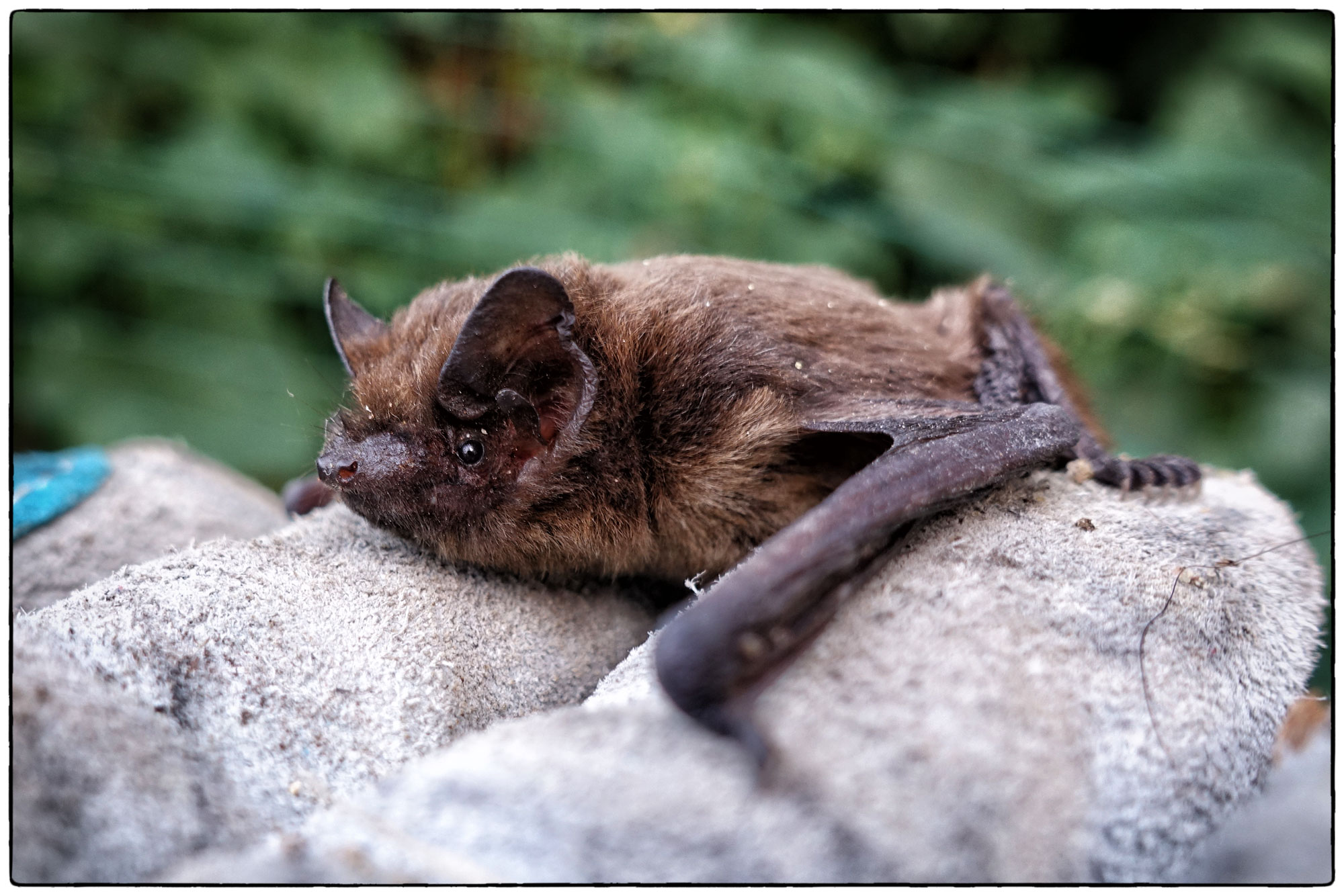 Bats are a European Protected Species. Surveys commence with a Bat Roost Potential survey (BRP) of the structure(s) or tree(s) that are to be impacted upon, and it can be undertaken at any time of year. Following the BRP, if there is potential for bats to be roosting, up to three nocturnal (dusk and dawn) bat surveys are required to be undertaken between May and August (inclusive). A European Protected Species Licence is required from Natural England to disturb a bat or bat roost, and mitigation is required under the Licence. Early assessment, in the form of a BRP, is required to ensure that the survey requirements, followed by the licence application and processing period (typically 6 weeks), and the installation of any associated compensatory roost sites, does not impact upon development timescales.
Bats are a European Protected Species. Surveys commence with a Bat Roost Potential survey (BRP) of the structure(s) or tree(s) that are to be impacted upon, and it can be undertaken at any time of year. Following the BRP, if there is potential for bats to be roosting, up to three nocturnal (dusk and dawn) bat surveys are required to be undertaken between May and August (inclusive). A European Protected Species Licence is required from Natural England to disturb a bat or bat roost, and mitigation is required under the Licence. Early assessment, in the form of a BRP, is required to ensure that the survey requirements, followed by the licence application and processing period (typically 6 weeks), and the installation of any associated compensatory roost sites, does not impact upon development timescales.
Our Ecology team also benefits from having a qualified Bat Low Impact Class Licence Consultant in-house, read more.
Great Crested Newt Surveys
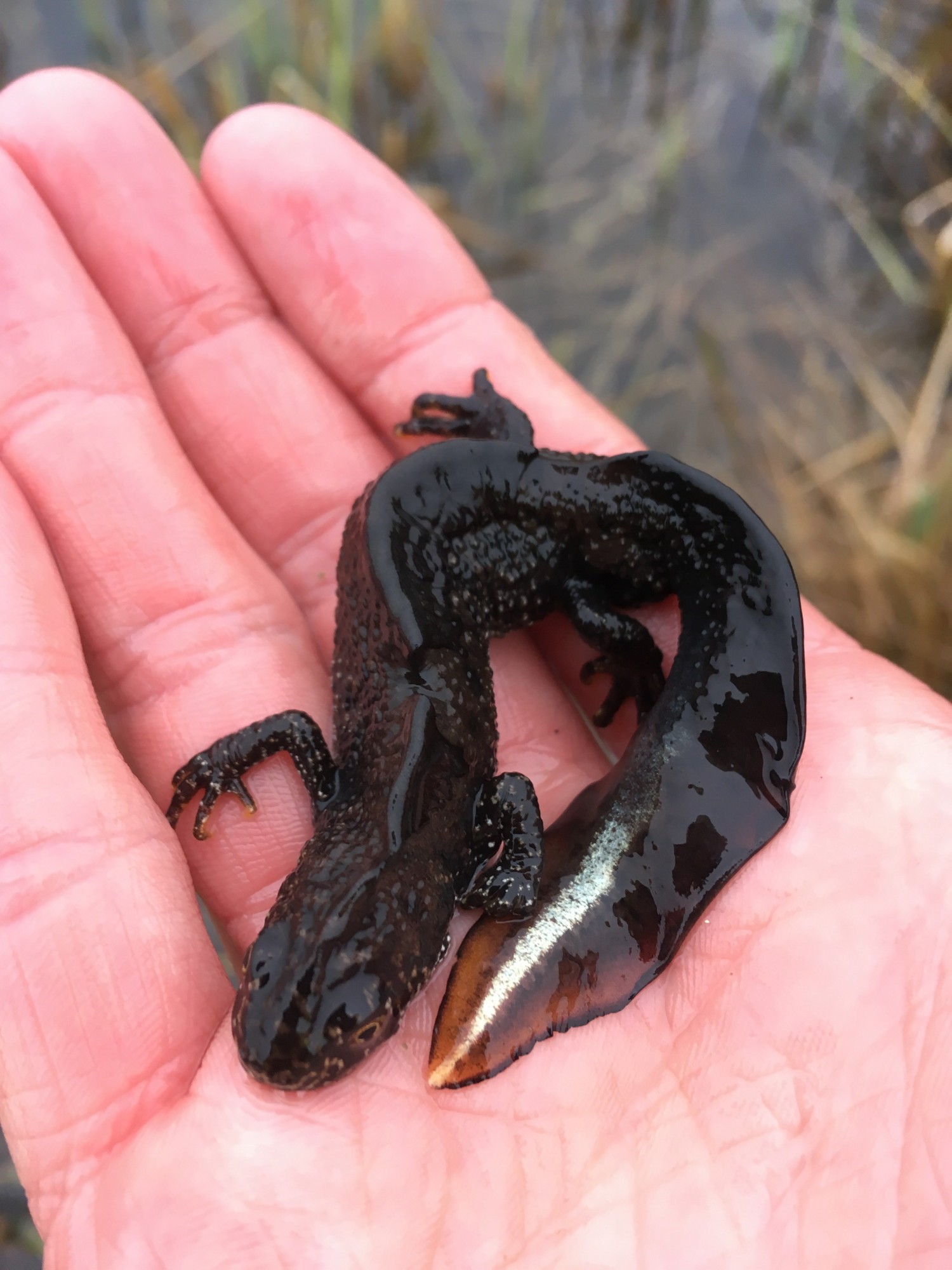 Great Crested Newts (GCN) are a European Protected Species. Great Crested Newt surveys may be required for areas of standing water both on site and within up to 500m of a site, if suitable terrestrial habitat connects the site to the waterbody, and the site itself supports suitable terrestrial habitat to determine their presence/ likely absence, and potential to occur at the site. Aquatic GCN surveys are seasonally restricted, with a minimum of four survey visits of any identified waterbodies being required between mid-March and mid-June, two of which have to be undertaken between mid-April and mid-May. If Great Crested Newts are found, two further survey visits are required in order to obtain a European Protected Species Licence, which is needed if GCNs or the habitats that support them are to be impacted upon.
Great Crested Newts (GCN) are a European Protected Species. Great Crested Newt surveys may be required for areas of standing water both on site and within up to 500m of a site, if suitable terrestrial habitat connects the site to the waterbody, and the site itself supports suitable terrestrial habitat to determine their presence/ likely absence, and potential to occur at the site. Aquatic GCN surveys are seasonally restricted, with a minimum of four survey visits of any identified waterbodies being required between mid-March and mid-June, two of which have to be undertaken between mid-April and mid-May. If Great Crested Newts are found, two further survey visits are required in order to obtain a European Protected Species Licence, which is needed if GCNs or the habitats that support them are to be impacted upon.
Our Ecology team also benefits from having a qualified GCN Low Impact Class Licence Consultant in-house, read more.
Badger Surveys
Ground works within up to a 30 m radius of a badger sett may require a Badger Licence from Natural England to either permanently or temporarily close a sett. A badger survey is the initial step to identify a sett and assess the importance of a site for badgers; this can be undertaken at any time of year.
However, setts can only be closed under Licence between July and November (inclusive). Land owners and developers need to consider the potential for badger setts within 30m of their site at an early stage to avoid delays if a sett is identified.
Water Vole Surveys
Water vole activity is limited to areas adjacent to suitable watercourses and waterbodies. However, if an initial survey identifies the presence of potential burrows, further surveys are required between April and September (inclusive).
Water voles can be difficult and expensive to mitigate for if impacted by a proposed development as they will normally need to be translocated elsewhere, which requires a Conservation Licence. To gain the licence, extensive habitat enhancement works are required at an alternative site which should be in close proximity to the site itself, and may need considerable time to establish.
Reptile Surveys
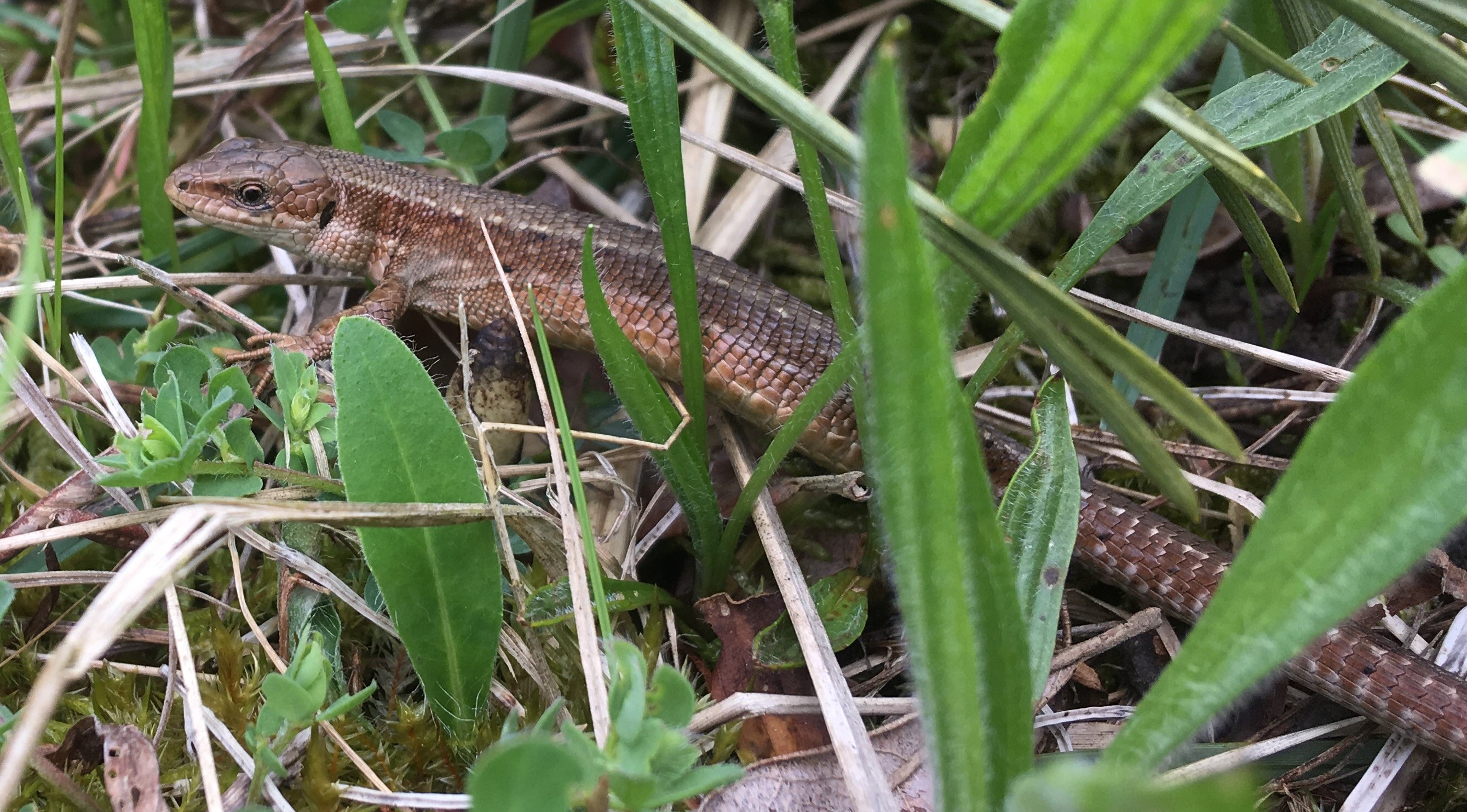 There are four common species of reptiles in the UK: Grass snake, adder, slow worm and common lizard, all of which occur on both brownfield and greenfield development sites in rural and urban areas.
There are four common species of reptiles in the UK: Grass snake, adder, slow worm and common lizard, all of which occur on both brownfield and greenfield development sites in rural and urban areas.
Surveys can be carried out from mid-March to mid-October (inclusive) and require a minimum of seven visits to determine presence/ likely absence. Where present, mitigation usually requires translocation to a suitable receptor site.
Bird Surveys
Birds’ nests cannot be disturbed until all chicks have fledged. Typically the nesting period during which checks should be undertaken prior to vegetation clearance is between March and July. However, in some areas with specific habitats, consideration is required to be given to specific species such as barn owls, or, to the year-round importance of the site for groups of species, migratory birds. Therefore, there may be a requirement for breeding bird and wintering bird surveys, as well as monthly monitoring.
White Clawed Crayfish Surveys
Surveys are required only if a proposed development will impact upon a waterbody or its banks immediately above the water, or if there is a risk of impacting water quality. Surveys using a range of techniques can be undertaken from April through until the end of October, with the optimal survey season being from June until the end of October.
Otter Surveys
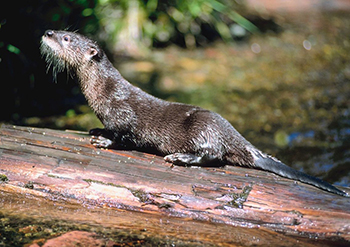 Otters are a European Protected Species and surveys are required if bankside habitats of a waterbody or the waterbody itself that offers potential to support otter are to be impacted upon. If otter holts are to be impacted by a development, a European Protected Species Licence is required; however, it should be noted that Natural England will only authorise the destruction of a holt in exceptional circumstances.
Otters are a European Protected Species and surveys are required if bankside habitats of a waterbody or the waterbody itself that offers potential to support otter are to be impacted upon. If otter holts are to be impacted by a development, a European Protected Species Licence is required; however, it should be noted that Natural England will only authorise the destruction of a holt in exceptional circumstances.
Dormice Surveys
Dormice are a European Protected Species, and as such a European Protected Species Licence is required from Natural England if dormice are to be impacted upon by a development.
Dormice are mostly confined to the southern counties of England and some parts of Wales. They have specific habitat requirements favouring coppiced hazel woodland areas linked by hedgerows to other suitable habitats. Surveys can be labour intensive, and if nest tubes have to be installed at a site they require fortnightly checks over a period of months from early April until late October. Licenced works cannot be undertaken during the hibernation period from November to March (inclusive).
Ecological Stakeholder consultations/Local Authority liaison
Our ecologists can act on the customer’s behalf at public consultations and with key stakeholders including Natural England, Countryside Council for Wales, the Environment Agency, and local authorities. Our team will negotiate with key stakeholders to ensure planning consent for a development.
We will liaise with local authorities, ensuring compliance to all regulations and legislation and working to satisfy local planning conditions.
Arboriculture & Invasive Weeds Services
Tree Surveys, Invasive Weeds, Arboricultural Impact Assessment, Tree Preservation Order, Woodland Survey, Tree Habitats, Aerial Tree Services.
The Forestry Commission consider that trees contribute to developments and urban environments by increasing resilience to climate change, improving air quality, improving biodiversity, transforming appearances, adding benefits to the local economy and creating healthy places with stronger communities. We deliver bespoke services in line with industry standards and best practice guidelines.
Working closely with our in-house Ecology team, we have a thorough understanding of ecological constraints associated with trees and woodlands, enabling us to identify and offer advice in the early stages of the development process. Use following links to view more:
- Tree Surveys
- Arboricultural Impact Assessments
- Arboricultural Method Statements
- Arboricultural Supervision & Site Monitoring
- Tree Preservation Orders
- Woodland Surveys & Management Plans
- Tree Felling Licence Application & Liaison
- Assessment of Tree Habitats
- Aerial Tree Surveys
- Invasive weeds
Tree Surveys (BS5837:2012)
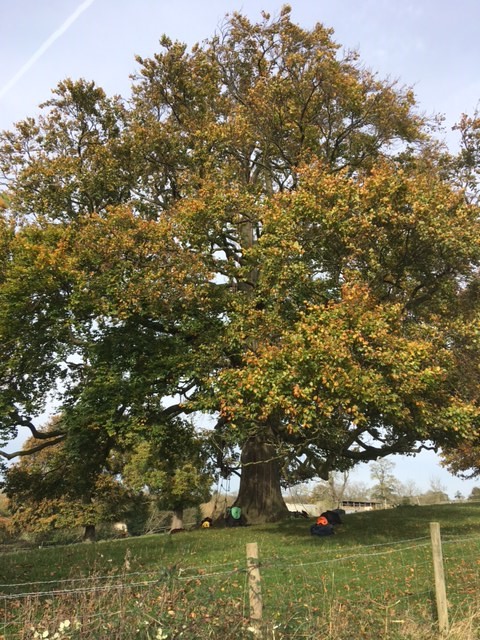 When considering a site for development, it is important to make allowances for trees early in the planning process; more emphasis is being placed on identifying the importance of individual trees within a potential development site due to their ecological and landscape value.
When considering a site for development, it is important to make allowances for trees early in the planning process; more emphasis is being placed on identifying the importance of individual trees within a potential development site due to their ecological and landscape value.
Our team of Arboriculturists can undertake tree surveys for both developers and private clients, assessing trees on site and providing detailed reports of individual trees following current best practice guidelines outlined in BS5837:2012 for Trees in relation to design, demolition and construction. The British Standard for Trees is the accepted approach to tree survey for Local Planning Authority (LPA), enabling them to evaluate the impact of any proposal on adjacent trees. The tree survey is an inspection of all the trees within a red line boundary area and up to 15m beyond it, including a hedgerow assessment where present. In addition, the LPA is contacted to determine whether or not the site falls within a conservation area, and if any trees are protected through a Tree Preservation Order (TPO).
During assessments, biometric data such as height, girth, spread and age of a tree are measured to inform the scheme. We then assess their structural and physiological condition for health and safety, and identify any tree works that are required to mitigate against harm to people or property. The information collated is included within the report with advice to ensure that those trees selected to be kept through the development process are protected both during and after the development.
Our report contains a Tree Constraints Plan. This illustrates the locations, the canopy extents and the Root Protection Areas (RPA) for each recorded tree. The RPA is the minimum area around a tree that must be preserved in order to help maintain the future health and stability of the tree. The extent of the RPAs for those trees to be retained will help you to determine the footprint available for the development.
Arboricultural Impact Assessment (AIA)
The Arboricultural Impact Assessment considers the impact that the proposed development may have on trees within a given area. It provides details of how any adverse impacts will be mitigated (including indicative protection measures) and includes an Arboricultural Impact Plan (AIP).
The Arboricultural Impact Plan (AIP) shows the location of the trees in relation to the proposed development and the above and below ground constraints posed by the trees, those trees that will require removal, those to be retained, and how retained trees will be protected during construction. It also illustrates the tree protection measures on a draft Tree Protection Plan.
Arboricultural Method Statement (AMS)
The Arboricultural Method Statement is usually drawn up once planning permission has been obtained and the construction phase decided. However, a Local Planning Authority can ask to see generic method statements at the planning submission stage.
Various points need to be covered within the AMS such as protective fencing specification, any necessary tree surgery, land regrading, movement of heavy machinery and soil compaction during the build, installation of underground/over-ground services, storage of materials and the handling of materials hazardous to tree health and, when appropriate, any road construction techniques.
Adherence to the approved AMS is often conditional upon planning consent. The Local Planning Authority has the power of enforcement via fines and cessation of works. It is essential that an AMS is realistic and successfully balances the developer’s requirements on the ground with those of the LPA.
Arboricultural Supervision & Site Monitoring
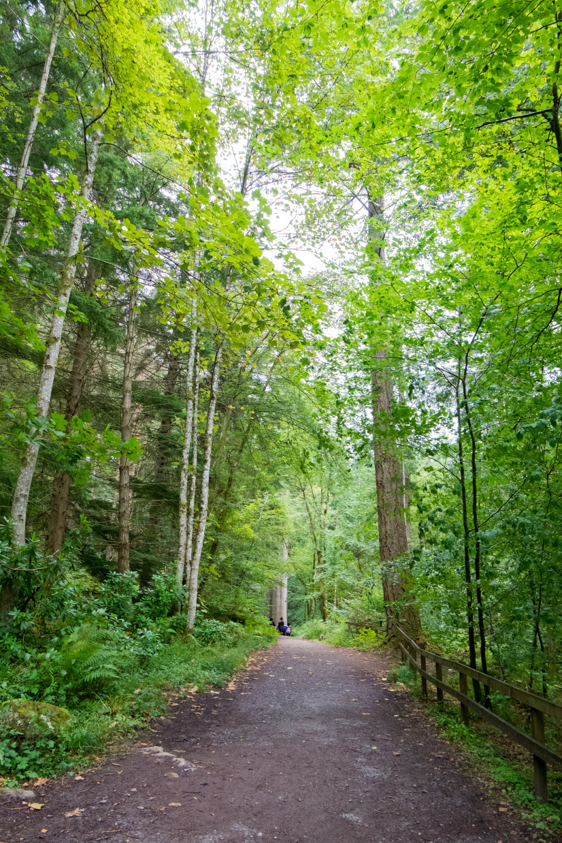 Arboricultural site supervision is regularly used to alleviate any concerns a Local Planning Authority may have over construction works, and gives our clients the confidence that their activities are not having a detrimental effect on the retained trees by enrolling in a clearly auditable system of site monitoring.
Arboricultural site supervision is regularly used to alleviate any concerns a Local Planning Authority may have over construction works, and gives our clients the confidence that their activities are not having a detrimental effect on the retained trees by enrolling in a clearly auditable system of site monitoring.
During construction work close to trees, we undertake regular arboricultural site supervision in accordance with the Arboricultural Method Statement to ensure that tree protection measures are being carried out to the required specifications. This may involve checking the positioning of tree protection fencing and temporary ground protection, ongoing supervision during excavation works within the RPAs of retained trees, and ensuring that installation techniques for new hard surfacing and specialist foundations are carried out without any adverse impacts on retained trees. Construction site monitoring may require regular visits to ensure protection measures are correctly implemented throughout the entire construction period.
Should the tree protection measures require alteration, one of our arboriculturists would report to the relevant LPA and provide advice.
Should an event that is not within the scope of the impact assessment or method statement occur during construction works, or one that cannot be adequately predicted in advance such as excavations within the RPA, a member of our Arboriculture team can be called upon at any point for advice and attend site as required.
Tree Preservation Order (TPO) - Applications & Advice on Protected Trees
A Tree Preservation Order is an order made by a Local Planning Authority in England to protect specific trees, groups of trees or woodlands in the interests of amenity. Our Arboriculturalists can act on behalf of a developer or landowner when applying for works to trees under a TPO or within a Conservation Area, advising the tree owner of the best way forward to apply for permission whilst we assess your tree(s) and provide the LPA with an appropriate report detailing the works required to a tree under a TPO.
Safety Management Strategies
Property owners and managers have a duty of care to ensure that people and property are not exposed to unreasonable levels of risk from the mechanical failure of trees on their land.
Types of Tree Survey
Depending on the extent of the tree population in question, different levels or types of inspection are acceptable to fulfil the ‘reasonable’ criteria. These may comprise of:
- A tree report for a single tree
- Low volume condition surveys
- High volume surveys for large landowners, such as LPAs, usually undertaken on a rolling basis
- Surveys of dense populations of roadside trees undertaken from the car
Woodland Surveys & Management Plans
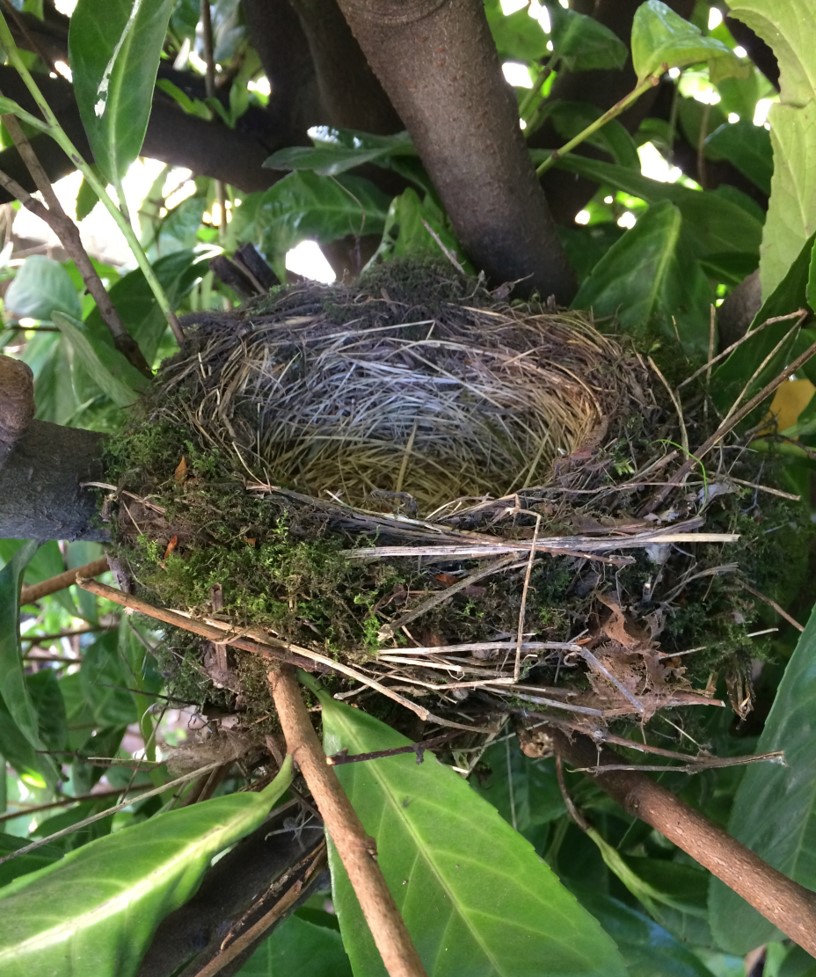 Whether you are seeking advice relating to woodland creation, ancient woodland, veteran trees, planting schemes or woodland and hedgerow management, we can provide a range of woodland management plans, depending on the clients’ requirements, for the following:
Whether you are seeking advice relating to woodland creation, ancient woodland, veteran trees, planting schemes or woodland and hedgerow management, we can provide a range of woodland management plans, depending on the clients’ requirements, for the following:
- Replanting schemes
- Management for outdoor recreation
- Species selection
- Natural regeneration and thinning regimes
- Rotational coppicing
- Silvicultural management
- Agroforestry management
- Enhancing wildlife value
- Safety management
Tree Felling Licence Application & Liaison
A Felling Licence is required if you are to fell more than five cubic metres of a woodland in a given calendar year; the licence must be in place before any works commence unless the trees are in a garden, orchard (not ancient), churchyard or Designated Open Space (Commons Act 1899).
In relation to this, we offer services and advice on:
Conditions on a Felling Licence;
- Grant Schemes;
- Tree Preservation Orders; and
- European Protected Species Mitigation Licensing (Bats, Great Crested Newts).
Assessment of Tree Habitats for Wildlife
 We offer ground based and aerial assessments of trees and their potential to support wildlife; in particular species of bats and birds.
We offer ground based and aerial assessments of trees and their potential to support wildlife; in particular species of bats and birds.
Of the 17-bat species in the UK, 13 are known to roost in trees. Whilst we know a number of bat species rely exclusively on trees for roost sites, others may use them for part of the year. Trees that bats use to roost in can be difficult to identify, particularly when viewed from the ground. The variety of features that bats can make use of make it difficult to say with any certainty whether or not a particular tree(s) supports a bat roost.
Our experienced Arboricultural Surveyors are City & Guilds NPTC certified climbing arborists, bolstered by a dual qualified Bat Licenced Ecologist for bat presence determination (bat survey services).
Aerial Tree Services
The majority of our tree inspection work is undertaken from ground level, however where required detailed aerial inspections are undertaken, particularly of over-mature and veteran trees. This is a recognised technique to scope out potential bat roosts as acknowledged by the Bat Conservation Trust (BCT).
A single aerial tree survey can provide an accurate presence/absence assessment. This may limit the need to complete dusk and dawn activity surveys (usually up to three) that are restricted to bats active months of the year (Ecology Survey Calendar). Aerial tree surveys can be done at any time of year and can substantially reduce waiting times, survey effort, therefore enabling work costs. Aerial tree surveys are also considered to provide greater rates of success than traditional dusk and dawn activity surveys, given that bats switch between roost sites on a regular basis at different times of year but their evidence remains. It is important to be aware that whilst bats may not use the same tree year-round to roost, untenanted roosts enjoy legal protection.
We produce high quality reports containing a detailed analysis of the surveyed trees and their potential for roosting bats. We will provide recommendations with appropriate mitigation and compensation for any licensable activity that may be required. We can undertake installation of bat and / or bird boxes at height as part of the compensation effort.
Invasive Weeds
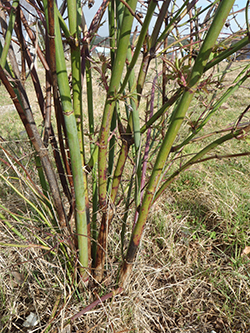 Invasive weeds, such as Japanese Knotweed, Giant Hogweed, Himalayan Balsam and other Schedule 9 species (Wildlife and Countryside Act, 1981, as amended), normally should be eradicated if found on a development site before development commences. Under certain circumstances failure to do so could result in onerous planning conditions and untimely delays.
Invasive weeds, such as Japanese Knotweed, Giant Hogweed, Himalayan Balsam and other Schedule 9 species (Wildlife and Countryside Act, 1981, as amended), normally should be eradicated if found on a development site before development commences. Under certain circumstances failure to do so could result in onerous planning conditions and untimely delays.
We can identify invasive weeds on site and provide the developer with the most cost-effective eradication solution based on the development programme. Our ecology team will work with specialist contractors to oversee and manage the removal of invasive weeds on site, and verify the works to satisfy planning conditions.
Related article: But is it Japanese knotweed...?
